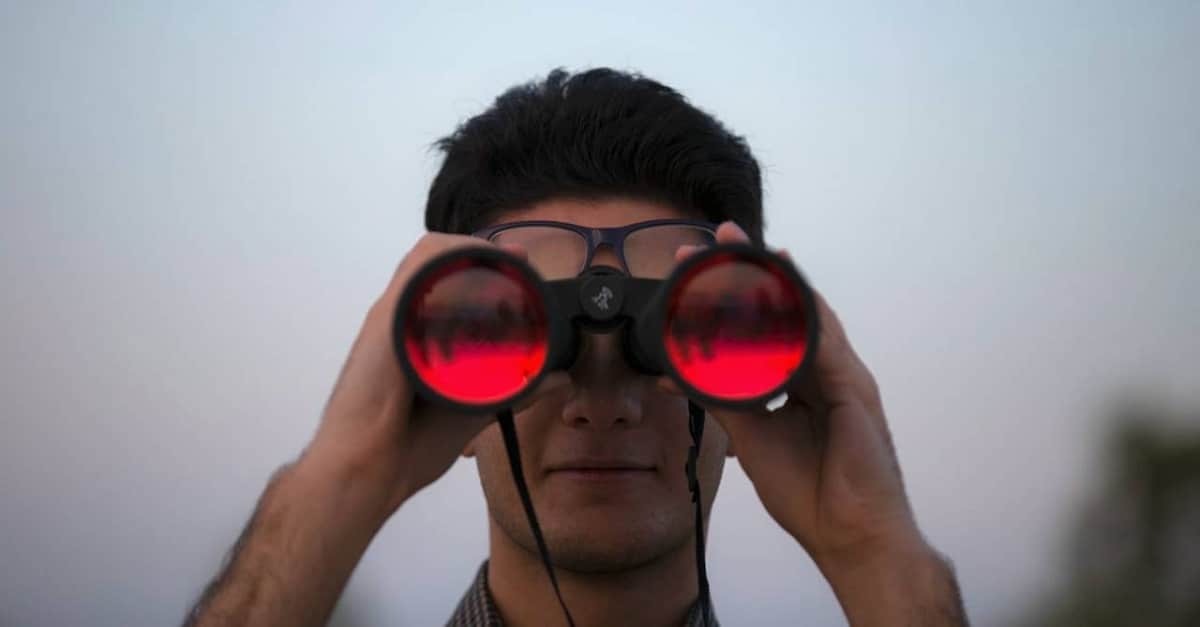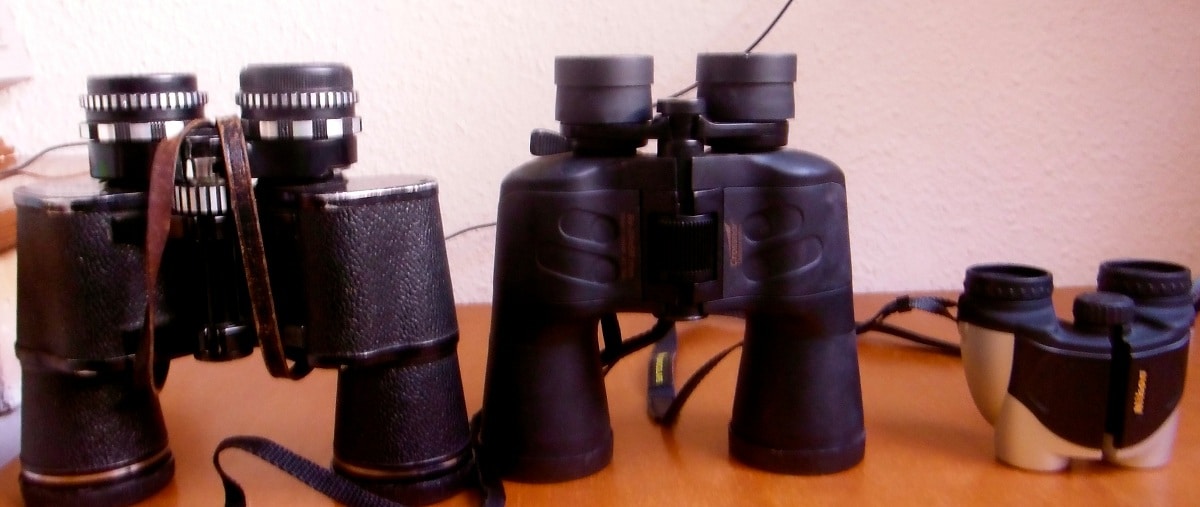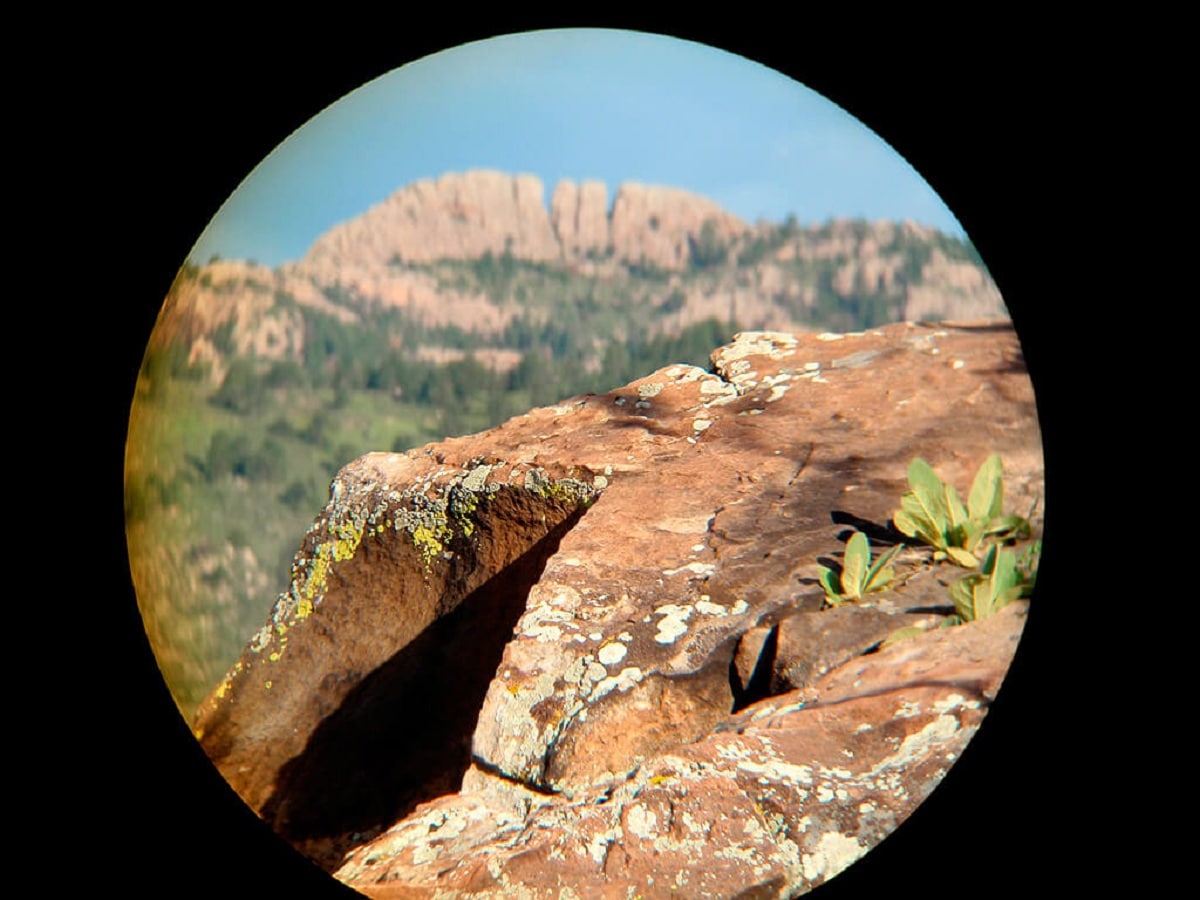
The market offers an extensive catalog of binoculars where we can compare and select the best binoculars for a variety of applications including bird watching, boating, camping, hunting, sports, concerts, surveillance, astronomy, and more. To learn how to choose binoculars it can be somewhat complicated. Whatever the user's needs, there are binoculars with the right design and performance for their purpose. To choose the most suitable binoculars, we must take into account various variables such as the environment, specific preferences, activities, etc.
For this reason, we are going to dedicate this article to telling you how to choose binoculars, their characteristics and importance.
How to choose binoculars

The brightness and clarity of images seen through binoculars, in particular, are determined by a variety of factors. Magnification, lens treatment and objective diameter are just some of the factors that affect the performance of binoculars.
However, the basic criterion for binoculars is their optical quality. Celestron is a value for money brand that offers high quality optics thanks to carefully selected glasses and optical treatments, precise manufacturing processes and extensive quality control.
Increased
Magnification is the degree of magnification of the observed object. For example, in 7x42 binoculars, the number 7 means "instrument magnification." 7x binoculars magnify objects 7 times relative to the human eye. Magnification affects the brightness of the image, so the lower the magnification of the binoculars, the brighter the image will be. As a general rule, an increase in magnification results in a reduced field of view.
Objective lens diameter
The objective lens of binoculars is located at the front and has the largest diameter. The diameter (in millimeters) of one of the lenses is the second characteristic number of binoculars. In this case, 7x42 binoculars have a 42mm diameter objective. The diameter of the objective lens determines the binoculars' light-gathering ability, so the larger the diameter, the brighter and more delicate the image. This is especially useful in low light situations and at night.
This may lead you to assume that the larger the diameter, the better the instrument, but in reality, the diameter of the lens along with other parameters such as the exit pupil and the use of binoculars must be considered in determining the most suitable parameters.
exit pupil
The "exit pupil" can be defined as the diameter, in millimeters, of the light beam emerging from the eyepiece of the binoculars. The larger the exit pupil, the brighter the resulting image. Having a larger exit pupil makes it easier to view at night and in low light. In astronomical applications, the exit pupil of binoculars should be equal to the degree to which the observer's pupil dilates as it adjusts to darkness.
To calculate the exit pupil, divide the diameter of the objective by the magnification factor. For example, 7x42 binoculars have a 6mm exit pupil.
Field of view (FOV)

The area visible through binoculars is called the field of view. The field of view is usually displayed on the outside of the binoculars and is measured in degrees. The linear field of view is the area visible at 1000 yards (915 meters), measured in feet. The larger field of view translates to a larger area seen through binoculars.
The field of view is related to magnification, the higher the magnification, the smaller the field of view. Furthermore, a larger field of view results in a reduction in the eye/eye distance. The wide field of view is useful in situations where objects are moving. To calculate the linear field of view, multiply the angle of the field of view by 52,5. For example, binoculars with a field of view of 8o cover a linear field of view of 420 feet (126 meters).
Lens/eye distance
This concept refers to the distance (in millimeters) that the binoculars can be separated from the eye while maintaining a comfortable field of view. Spectacle wearers will benefit from long distances.
Minimum focal length
It is the distance between the binoculars and the closest object that can be focused while maintaining a good image.
Bright
A binocular's ability to capture and transmit enough light to produce a bright, clear image determines its brightness. The brightness of the binoculars also enhances the distinction between colors in the observed image.
Relative Brightness Index (RBI), Twilight Index and Relative Light Efficiency (RLE) are indexes commonly used in the binocular industry, but in many cases they are misunderstood or meaningless concepts.
Brightness is a concept to take into account when choosing binoculars, but it is not the most important factor.
The brightness depends on several parameters, including the diameter of the objective, the magnification, the type and quality of the glass used, the processing of the optics, and the type of prism used. In general, large diameter, low or medium power, fully multi-coated lenses are best suited.
Prisms

Prisms in binoculars are used to invert images and come in two designs: roof and pole. Roof prisms are lighter and more compact by design. The prisms are named BK7 (borosilicate) and BaK-4 (barium glass). Both are cheap and very effective. BaK-4 designer glass has a higher density (refractive index) that virtually eliminates internal stray light, resulting in high-definition images.
Contrast
Contrast is the degree to which two light and dark objects differ from the background of an image. High contrast helps to see faint objects and discern fine details. Contrast is affected by resolution.
The higher the resolution, the higher the contrast. High quality optical processing provides high contrast images. Other factors that affect contrast are collimation, air turbulence, and the quality of objectives, prisms, and eyepieces.
I hope that with this information you can learn more about how to choose binoculars and what you should take into account.